Choosing the best color temperature for your kitchen lighting may seem like a trivial decision, but it can actually have a significant impact on the overall look and feel of your space. Color temperature, measured in Kelvin (K), refers to the color appearance of light, ranging from warm yellow tones to cool blue tones. In this comprehensive guide, we will discuss the various color temperature options available and how to choose the right one for your kitchen.1. Best Color Temperature for Kitchen Lighting: A Comprehensive Guide
When it comes to choosing the right color temperature for your kitchen lighting, there are a few factors to consider. First, think about the overall design and color scheme of your kitchen. If you have warm-toned cabinets and countertops, a warmer color temperature (2700K-3000K) will complement the space well. On the other hand, if you have cooler tones in your kitchen, such as white or grey, a cooler color temperature (3500K-4000K) may be a better fit. Another important factor to consider is the function of your kitchen. If you primarily use your kitchen for cooking and food preparation, a cooler color temperature may be more practical as it provides better visibility. However, if your kitchen also serves as a gathering space, a warmer color temperature can create a more inviting and cozy atmosphere.2. How to Choose the Right Color Temperature for Your Kitchen Lighting
Color temperature plays a crucial role in kitchen lighting design as it can affect the mood and ambiance of the space. Warm color temperatures (2700K-3000K) are often associated with a more intimate and relaxed atmosphere, making them ideal for kitchen areas where you want to create a cozy feel, such as a dining nook or breakfast bar. Cooler color temperatures (3500K-4000K) are better suited for task lighting, providing a bright and energizing feel that is perfect for food preparation areas.3. The Importance of Color Temperature in Kitchen Lighting Design
There is a wide range of color temperature options available for kitchen lighting, but here are the top 5 most popular choices:4. Top 5 Color Temperature Options for Kitchen Lighting
Now that you have a better understanding of color temperature and its effects, here are some additional tips for choosing the best one for your kitchen lighting:5. Understanding Color Temperature: Tips for Kitchen Lighting
LED lighting is becoming increasingly popular for kitchen lighting due to its energy efficiency and versatility. When it comes to color temperature, LED lights offer a wider range of options compared to traditional incandescent or fluorescent bulbs. They also have the added benefit of being able to change color temperatures with the use of a dimmer switch. This makes it easy to adjust the lighting in your kitchen depending on the time of day or the task at hand.6. Best Color Temperature for LED Kitchen Lighting: What You Need to Know
Achieving the perfect color temperature for your kitchen lighting may require a bit of trial and error. Start by determining the function and design of your kitchen, and then try out different color temperature options to see which one fits best. You can also consult with a professional lighting designer for expert advice on achieving the ideal color temperature for your kitchen.7. How to Achieve the Perfect Color Temperature for Your Kitchen Lighting
As mentioned earlier, color temperature can have a significant impact on the mood and ambiance of a space. In the kitchen, this is especially important as it is a multi-functional space that serves as a gathering spot, a workspace, and a place for relaxation. By choosing the right color temperature for your kitchen lighting, you can create a space that meets all of these needs and sets the desired mood.8. The Impact of Color Temperature on Kitchen Lighting and Mood
From a designer's perspective, color temperature is a crucial element in creating a cohesive and visually appealing space. It can affect the perceived size and brightness of a room, as well as the colors and finishes used in the design. When choosing the best color temperature for your kitchen, it's essential to consider the overall design and how the lighting will complement it.9. Choosing the Best Color Temperature for Your Kitchen: A Designer's Perspective
Lastly, let's take a closer look at the science behind color temperature and its effect on kitchen lighting. The Kelvin scale used to measure color temperature is based on the color emitted by a black body radiator at a specific temperature. As the temperature increases, the color shifts from red to orange, yellow, white, and finally blue. This is why warmer color temperatures have a more yellow or orange hue, while cooler ones have a bluish tint. In conclusion, choosing the best color temperature for your kitchen lighting is an important decision that can greatly impact the look and feel of your space. Consider the function, design, and mood you want to achieve, and try out different color temperature options to find the perfect fit for your kitchen. With the right lighting, you can create a welcoming and functional space for all your culinary adventures.10. The Science Behind Color Temperature and Its Effect on Kitchen Lighting
The Importance of Color Temperature in Kitchen Lighting

The Impact of Color Temperature on Kitchen Design
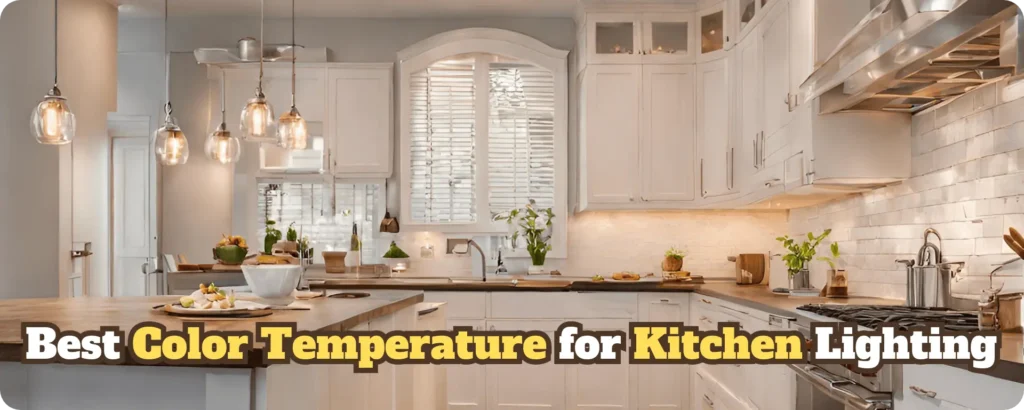 When it comes to designing the perfect kitchen, lighting is a crucial element that is often overlooked. Not only does it provide functionality for tasks such as cooking and food preparation, but it also sets the overall mood and ambiance of the space. One aspect of lighting that is often overlooked is color temperature.
Choosing the right color temperature for kitchen lighting is essential in creating a functional and inviting space for your home.
When it comes to designing the perfect kitchen, lighting is a crucial element that is often overlooked. Not only does it provide functionality for tasks such as cooking and food preparation, but it also sets the overall mood and ambiance of the space. One aspect of lighting that is often overlooked is color temperature.
Choosing the right color temperature for kitchen lighting is essential in creating a functional and inviting space for your home.
Understanding Color Temperature
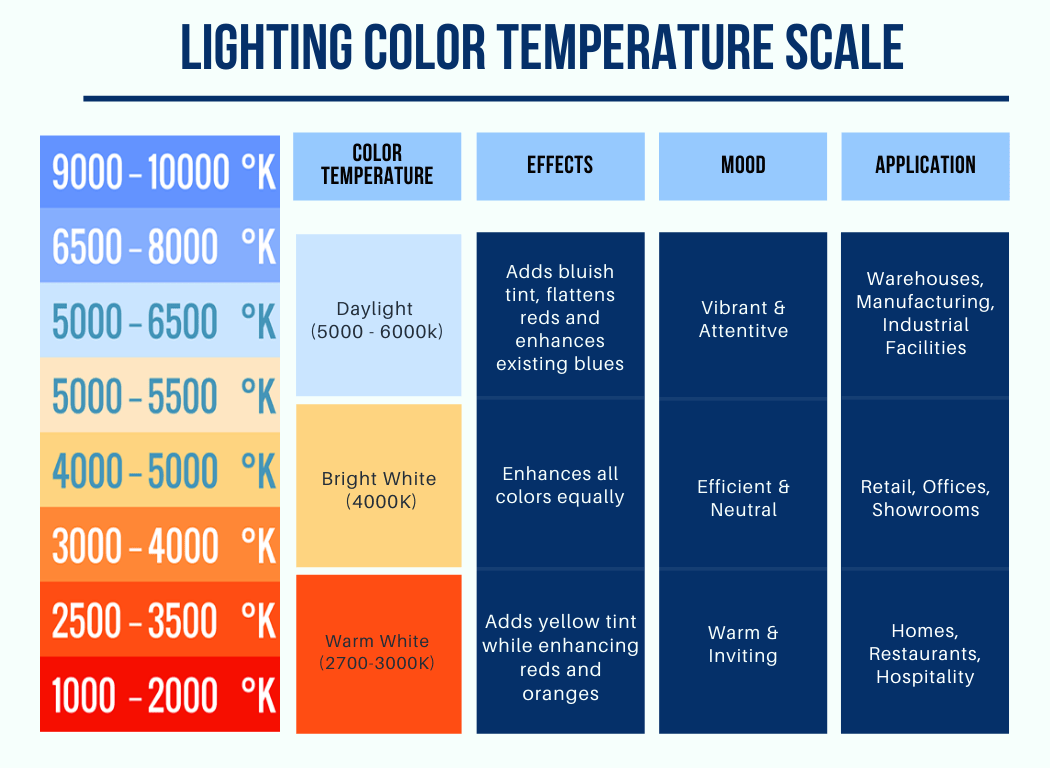 Color temperature refers to the color appearance of light, which is measured in Kelvin (K).
The higher the Kelvin temperature, the cooler or bluer the light will appear. On the other hand, lower Kelvin temperatures will produce warmer or more yellow-toned light.
In kitchen lighting, the color temperature can greatly affect the overall look and feel of the space.
Color temperature refers to the color appearance of light, which is measured in Kelvin (K).
The higher the Kelvin temperature, the cooler or bluer the light will appear. On the other hand, lower Kelvin temperatures will produce warmer or more yellow-toned light.
In kitchen lighting, the color temperature can greatly affect the overall look and feel of the space.
The Best Color Temperature for Kitchen Lighting
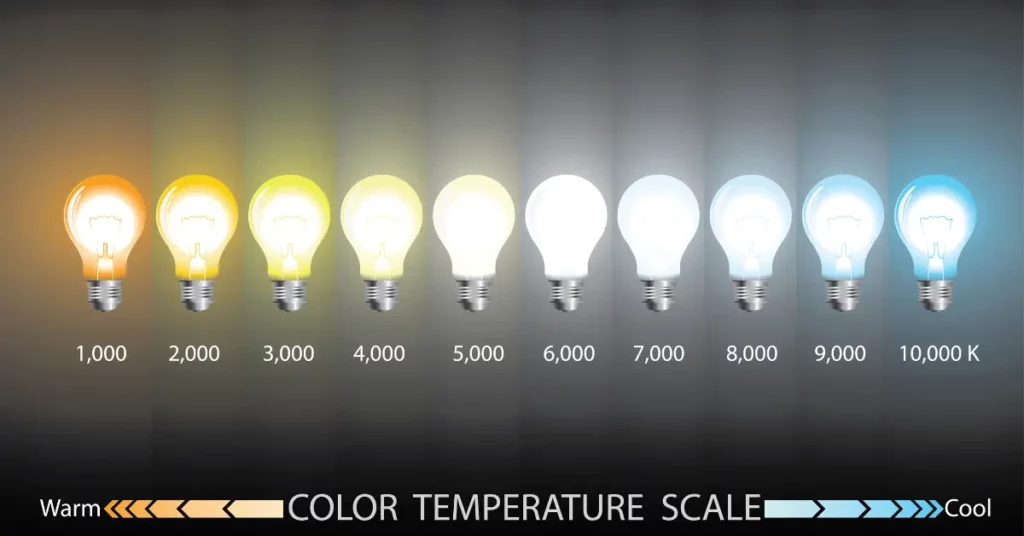 When it comes to the best color temperature for kitchen lighting,
experts recommend a range between 2700K to 3000K.
This range produces a warm, inviting light that is perfect for creating a cozy and comfortable atmosphere in the kitchen. This color temperature is also ideal for showcasing food, making it look more appetizing and vibrant.
When it comes to the best color temperature for kitchen lighting,
experts recommend a range between 2700K to 3000K.
This range produces a warm, inviting light that is perfect for creating a cozy and comfortable atmosphere in the kitchen. This color temperature is also ideal for showcasing food, making it look more appetizing and vibrant.
Benefits of the Right Color Temperature in the Kitchen
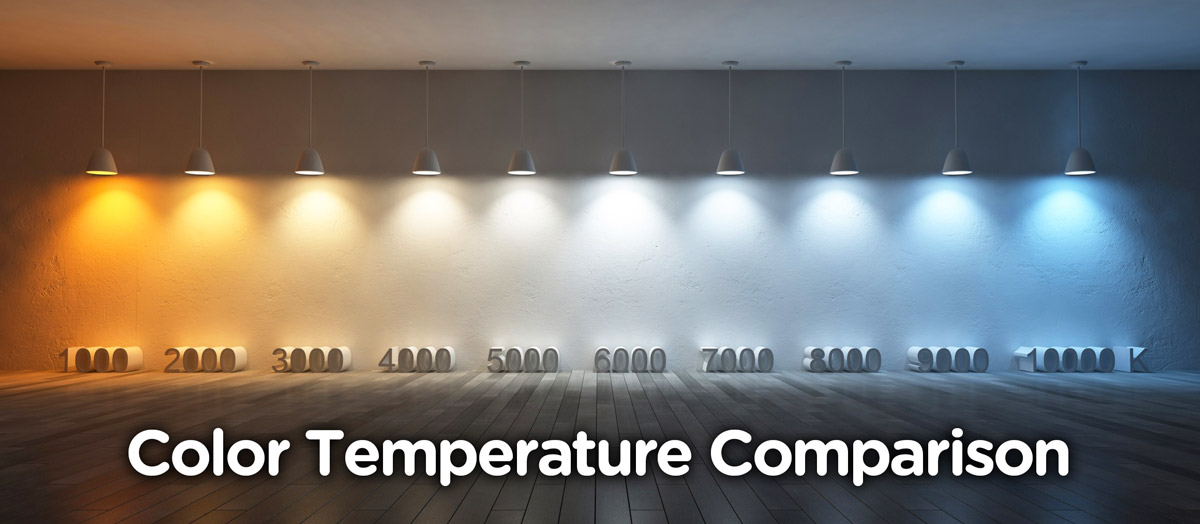 Choosing the right color temperature for your kitchen lighting not only enhances the overall design of the space, but it also has practical benefits.
Warmer color temperatures are known to promote relaxation and can help create a cozy and inviting atmosphere.
This can be beneficial for families who gather in the kitchen for meals and conversations. Additionally, the warm light can also make the space feel more welcoming and inviting to guests.
Choosing the right color temperature for your kitchen lighting not only enhances the overall design of the space, but it also has practical benefits.
Warmer color temperatures are known to promote relaxation and can help create a cozy and inviting atmosphere.
This can be beneficial for families who gather in the kitchen for meals and conversations. Additionally, the warm light can also make the space feel more welcoming and inviting to guests.
Other Considerations for Kitchen Lighting
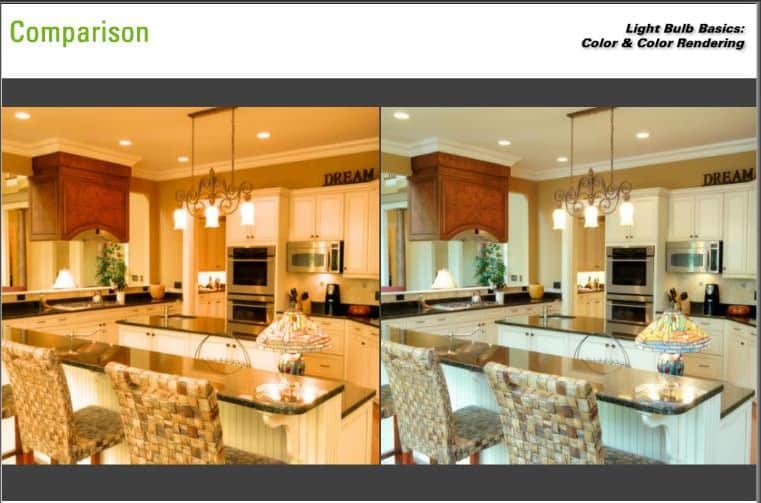 In addition to color temperature, it is important to consider the placement and type of lighting in the kitchen.
Task lighting, such as under-cabinet lights, should have a higher color temperature (around 3000K) to provide a bright and focused light for cooking and food preparation.
Meanwhile, ambient lighting, such as pendant lights or recessed lighting, can have a warmer color temperature to create a cozy and inviting atmosphere.
In addition to color temperature, it is important to consider the placement and type of lighting in the kitchen.
Task lighting, such as under-cabinet lights, should have a higher color temperature (around 3000K) to provide a bright and focused light for cooking and food preparation.
Meanwhile, ambient lighting, such as pendant lights or recessed lighting, can have a warmer color temperature to create a cozy and inviting atmosphere.
In Conclusion
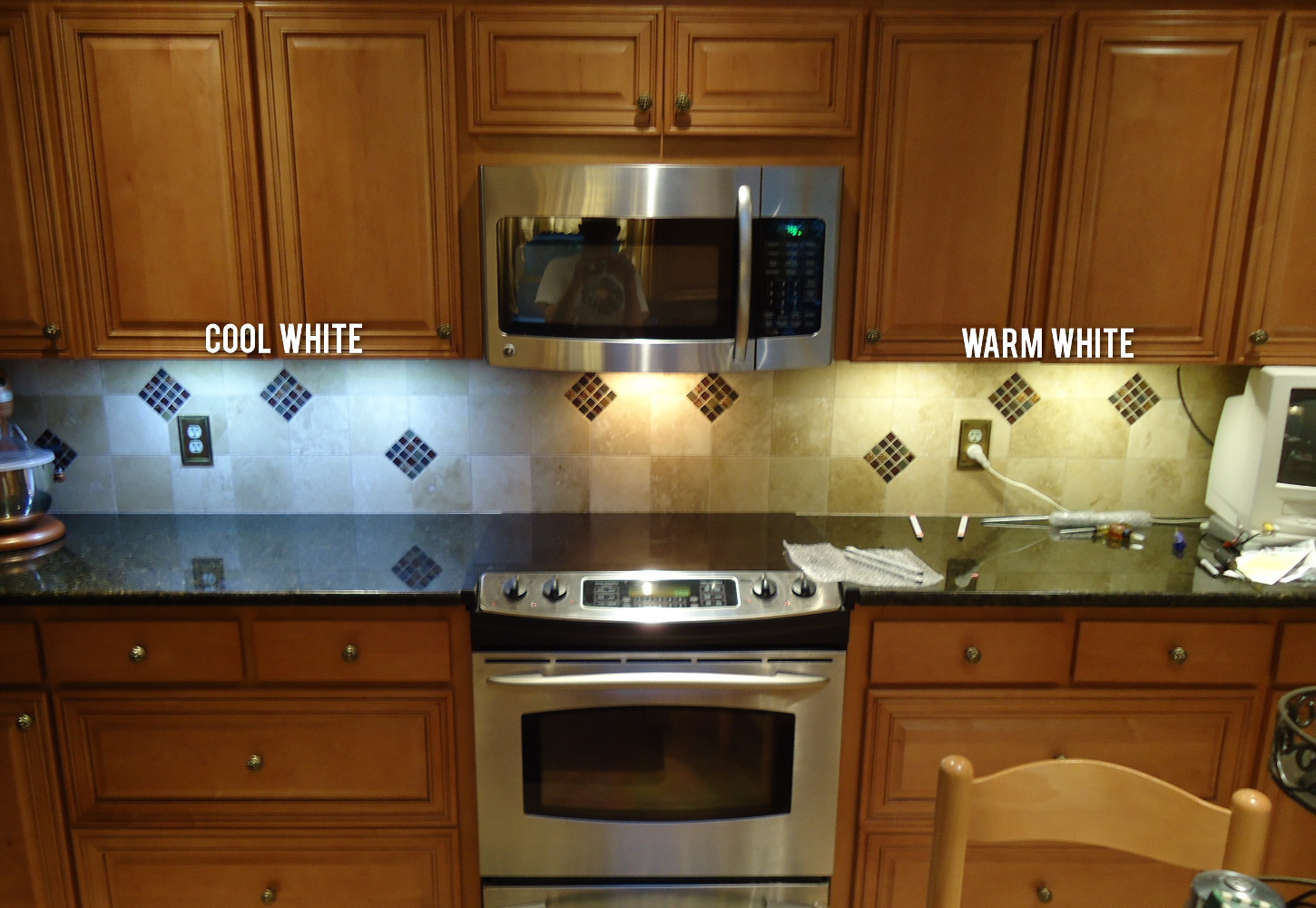 When it comes to designing the perfect kitchen, lighting is a key element that should not be overlooked.
Choosing the right color temperature for kitchen lighting can greatly impact the overall design and functionality of the space.
A warm, inviting color temperature of 2700K to 3000K is recommended for creating a cozy and functional atmosphere in the kitchen. Consider the placement and type of lighting to ensure a well-lit and welcoming space for your home.
When it comes to designing the perfect kitchen, lighting is a key element that should not be overlooked.
Choosing the right color temperature for kitchen lighting can greatly impact the overall design and functionality of the space.
A warm, inviting color temperature of 2700K to 3000K is recommended for creating a cozy and functional atmosphere in the kitchen. Consider the placement and type of lighting to ensure a well-lit and welcoming space for your home.


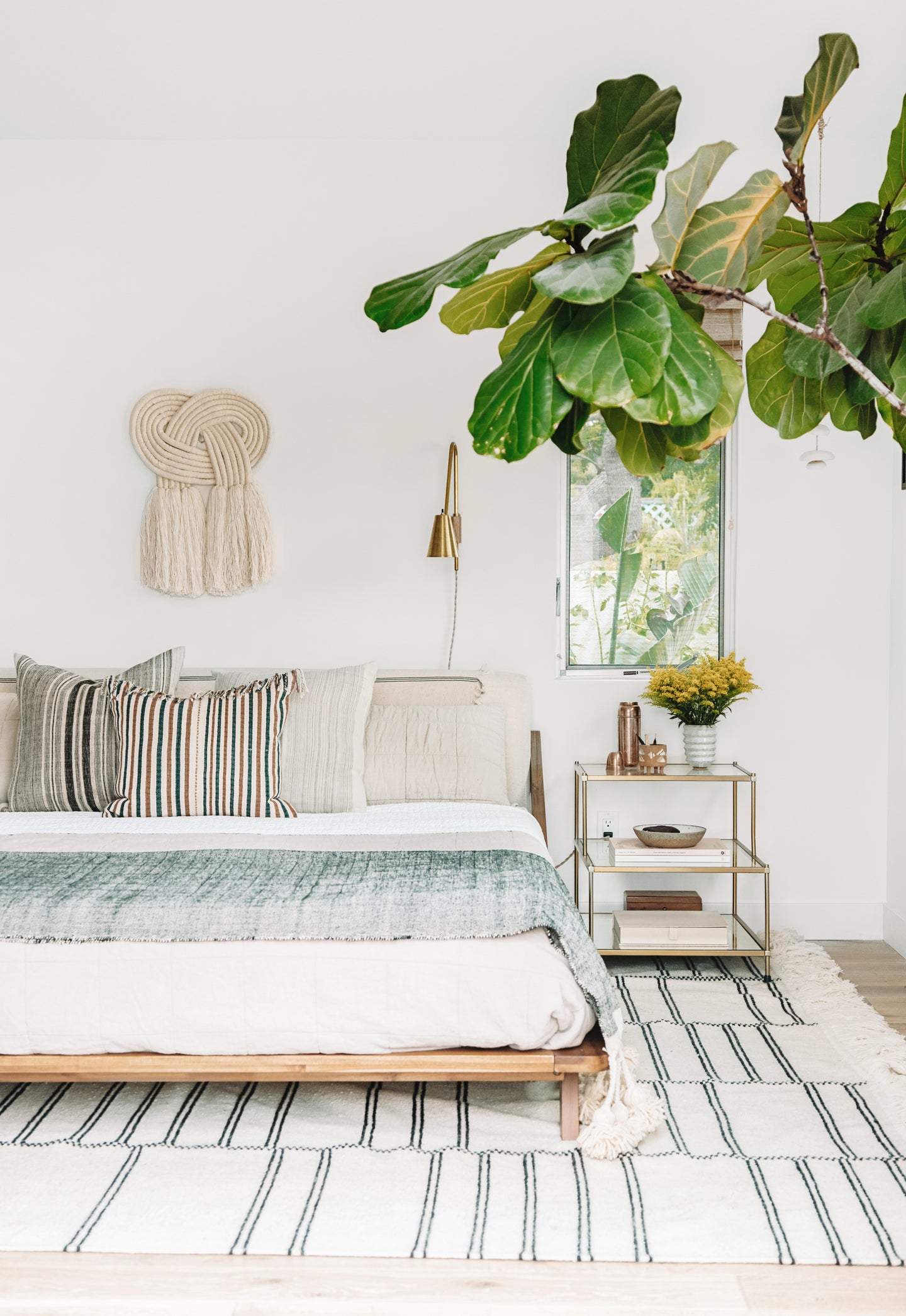
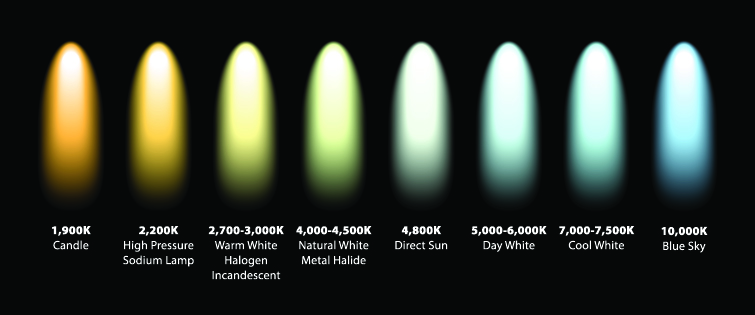

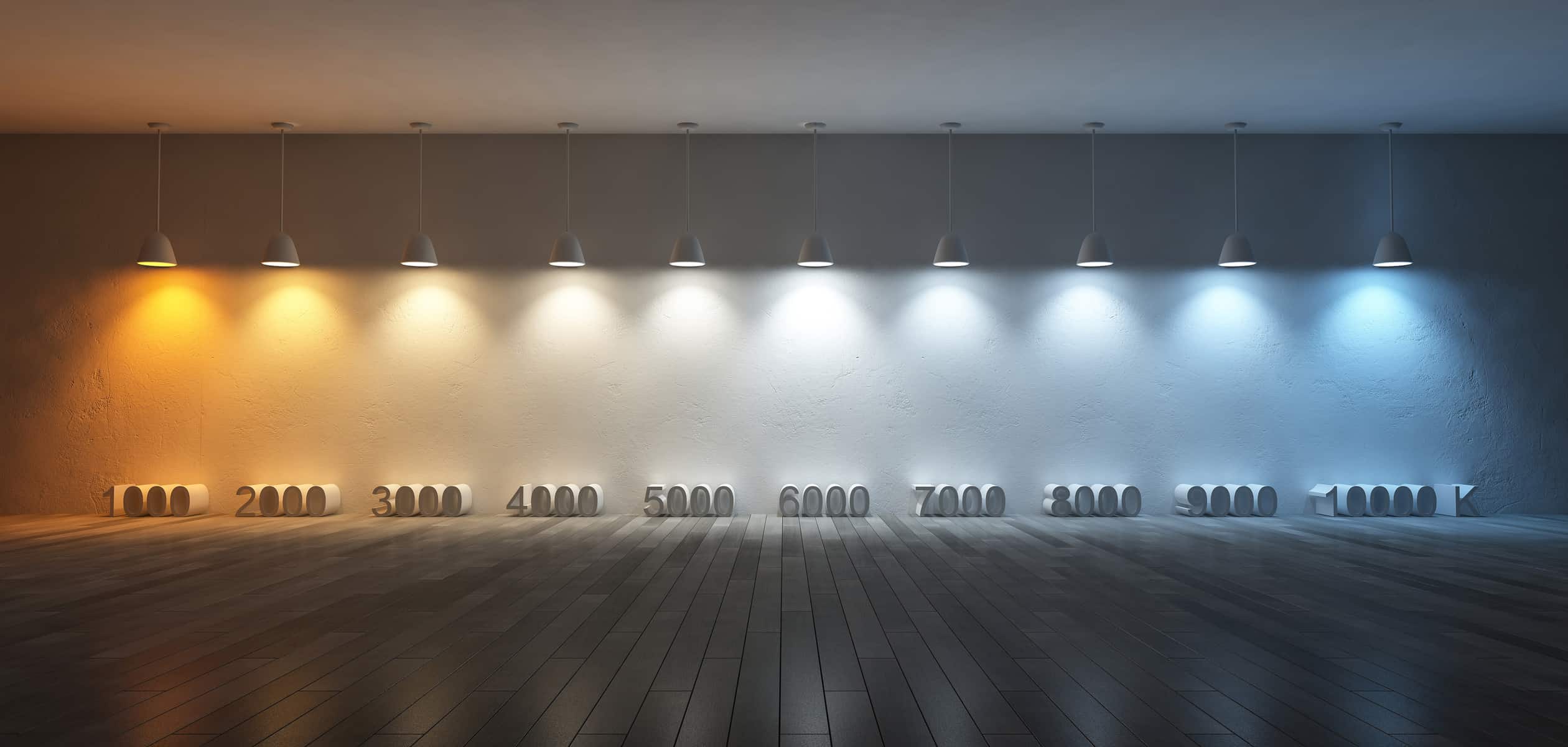
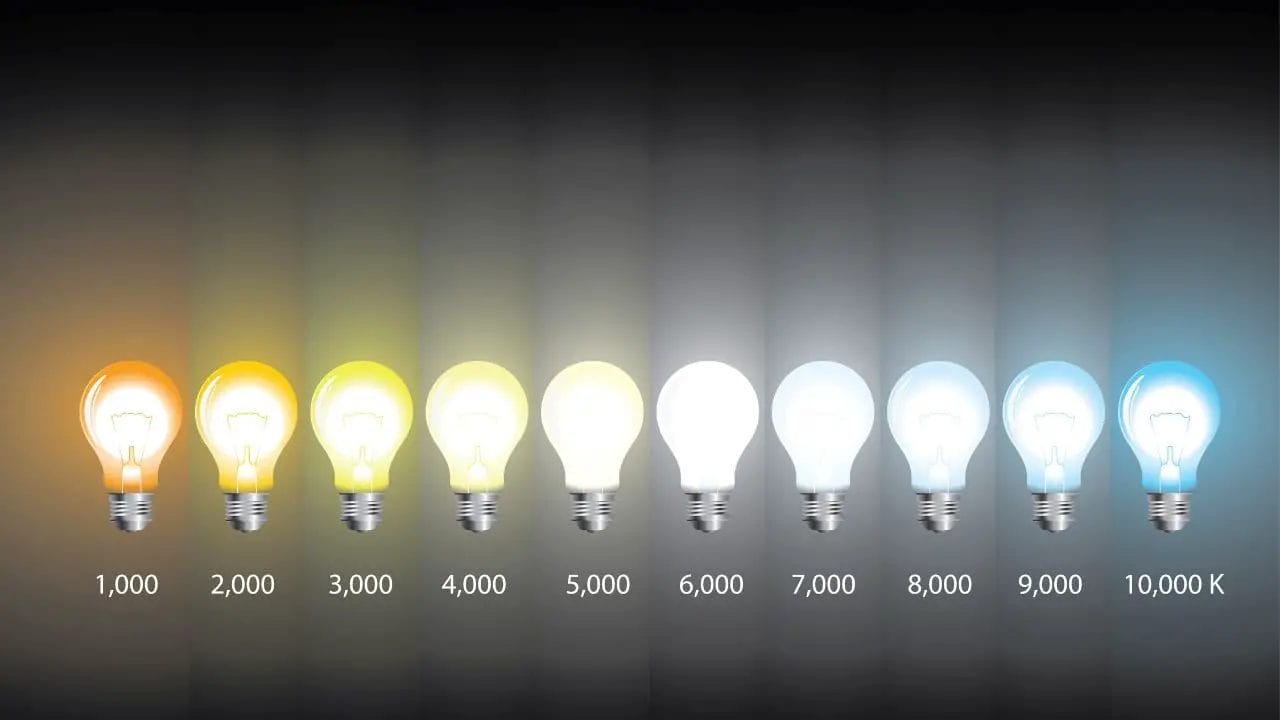

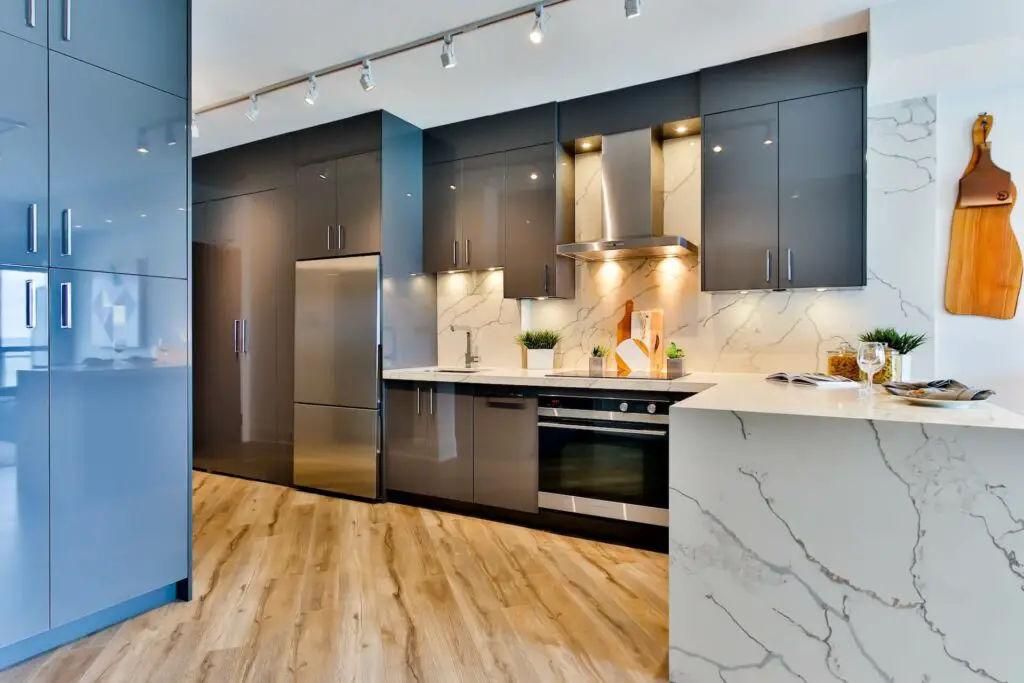
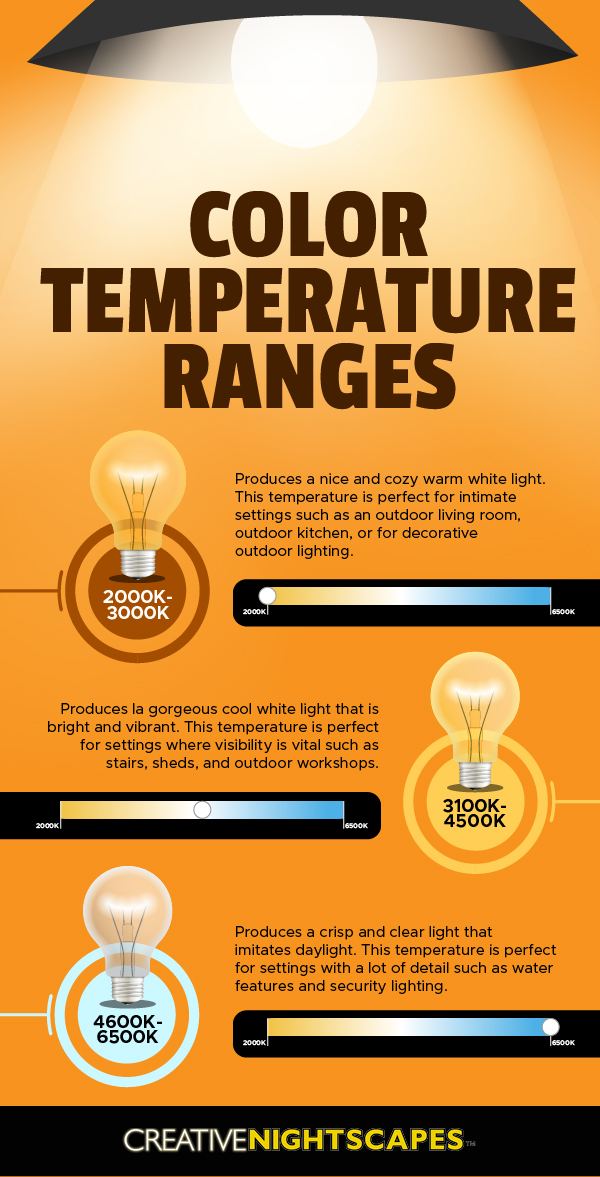

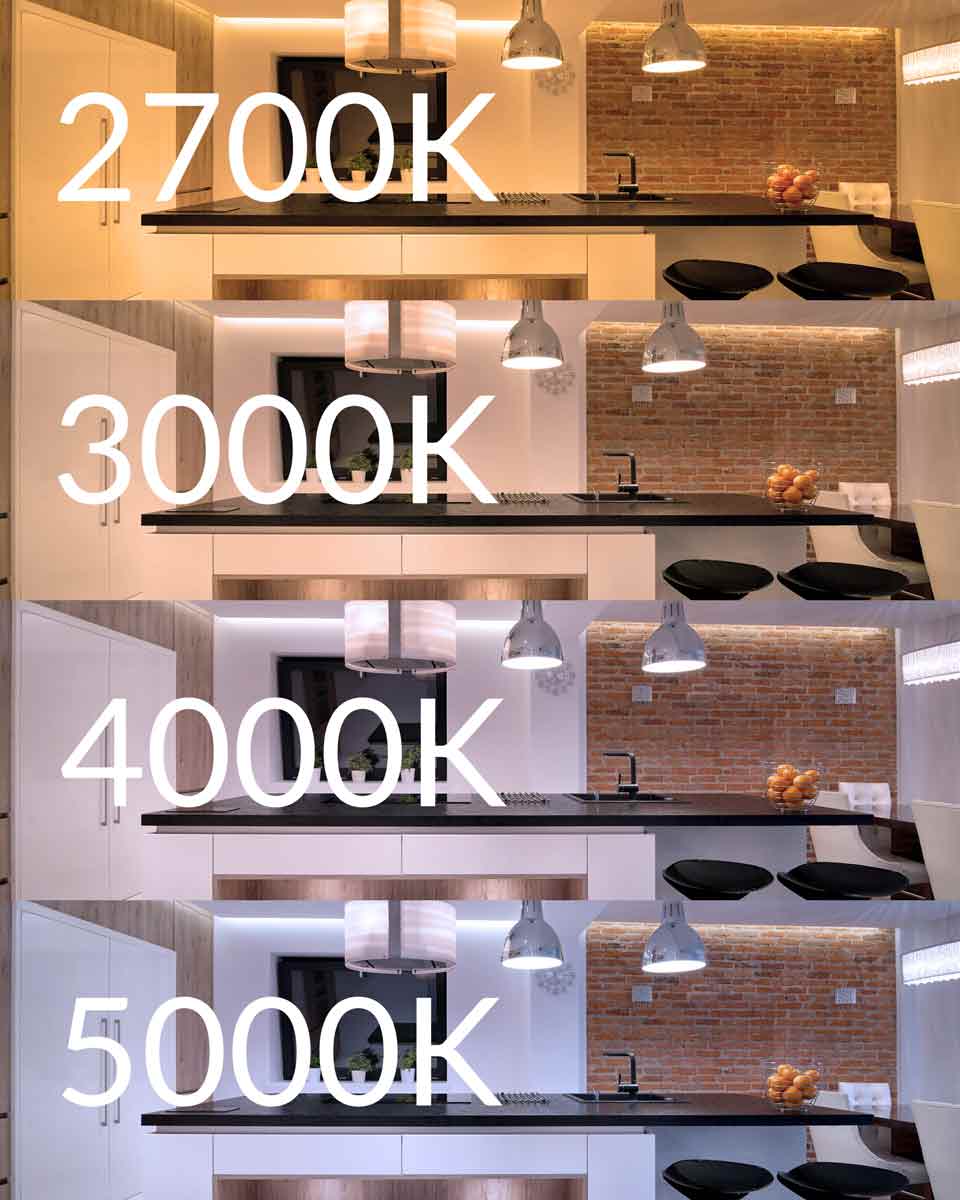



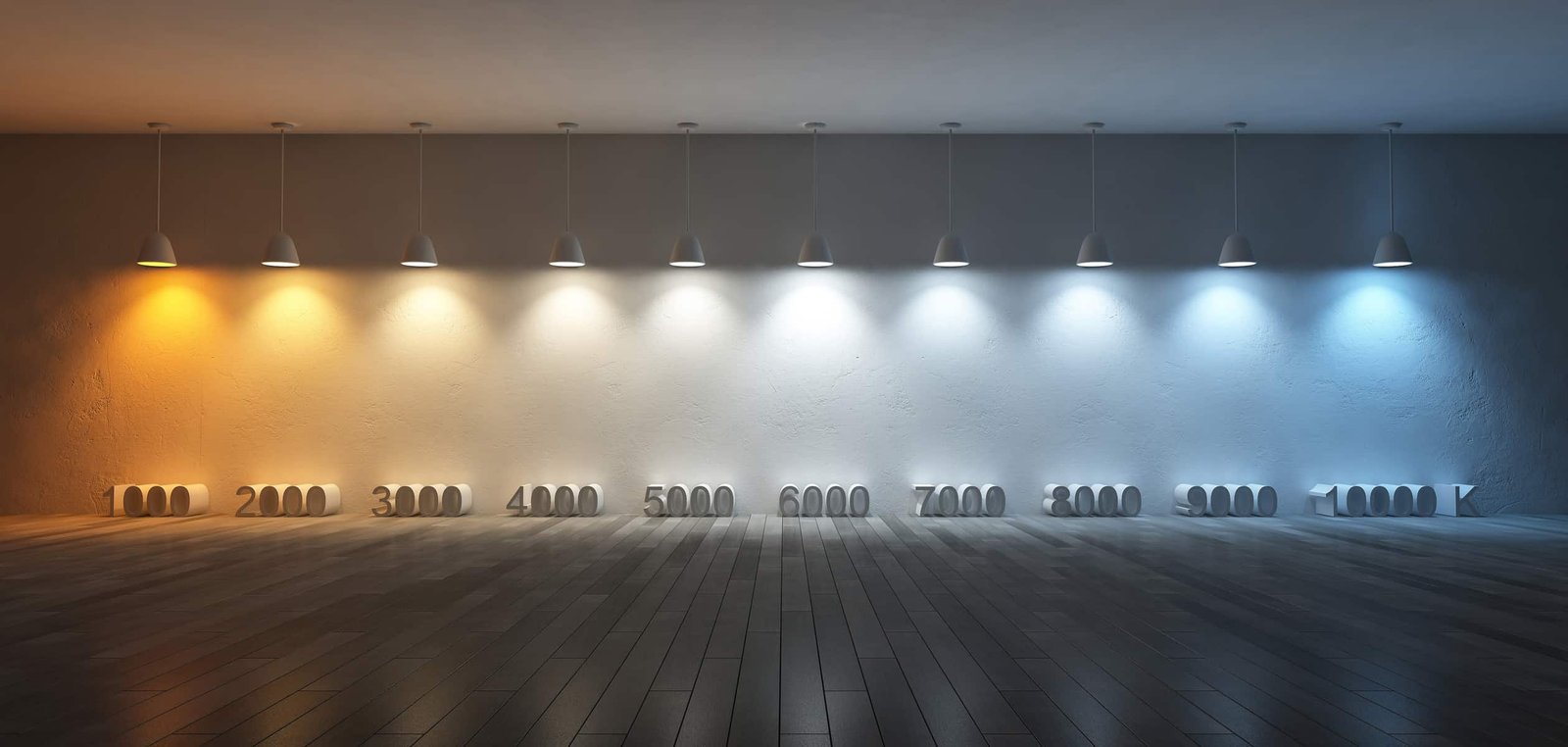


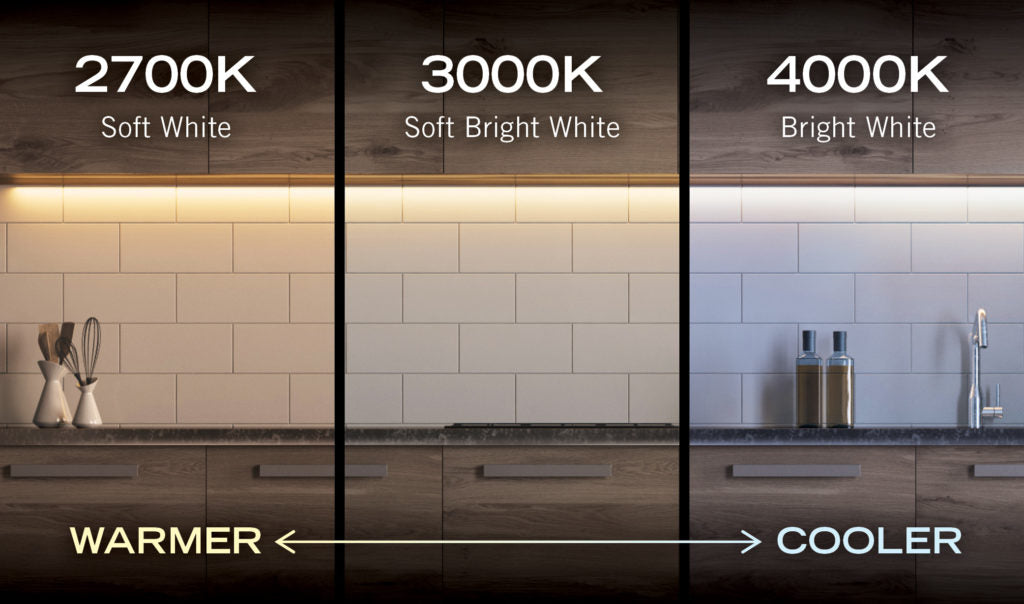





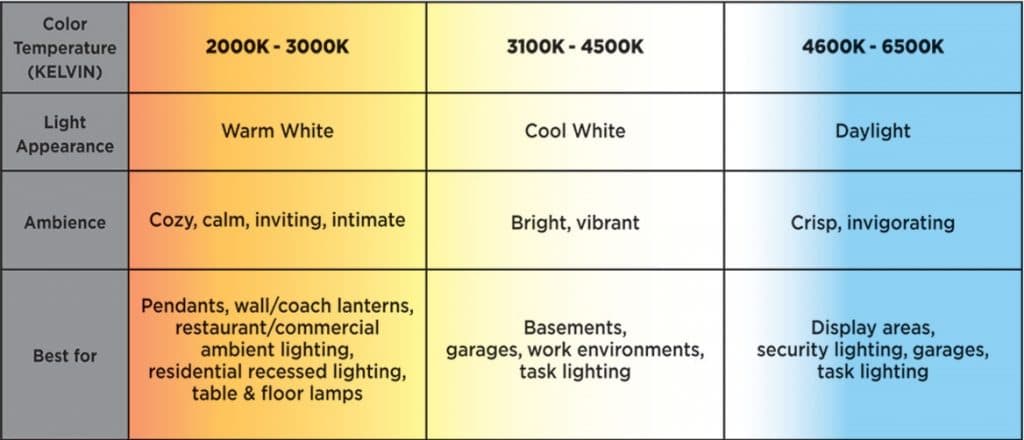

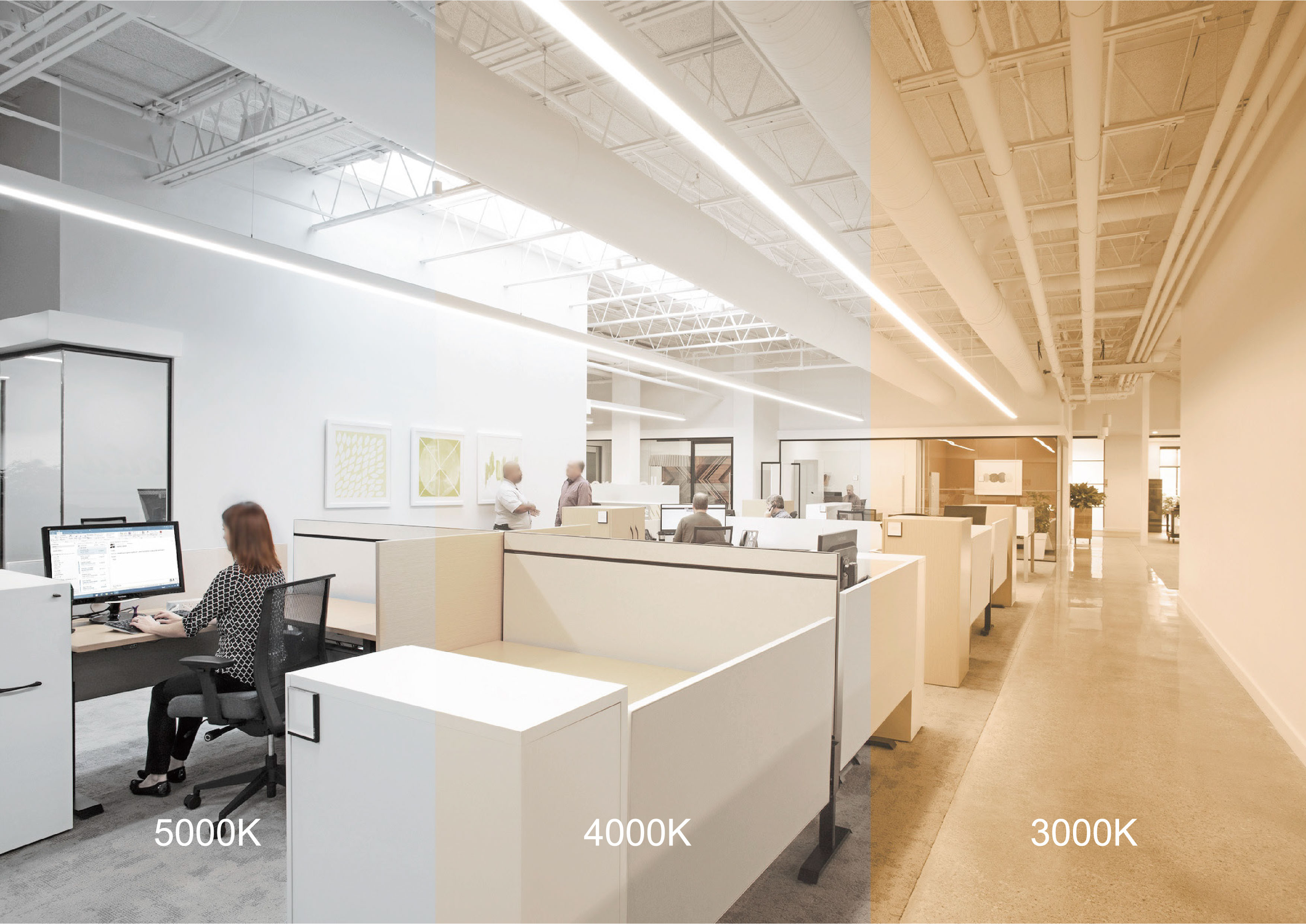


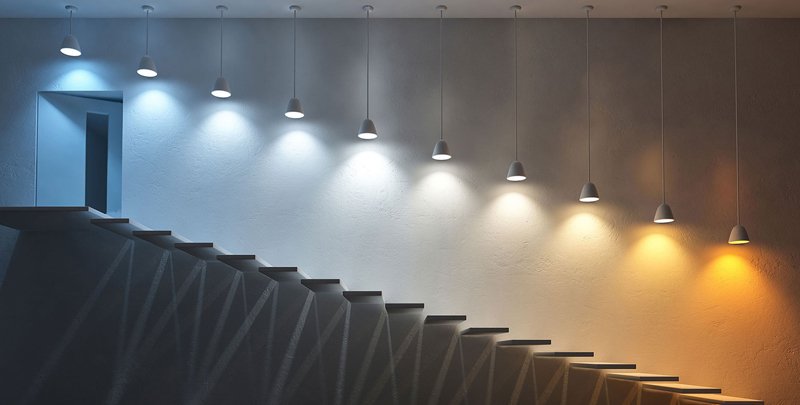





.png)


































